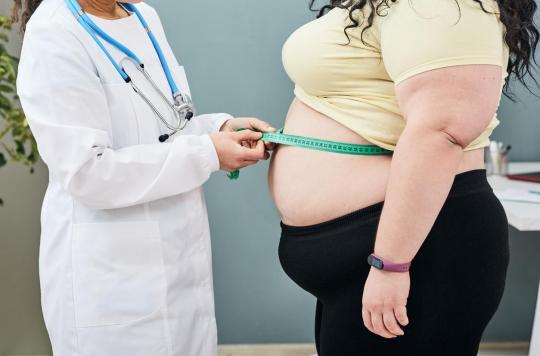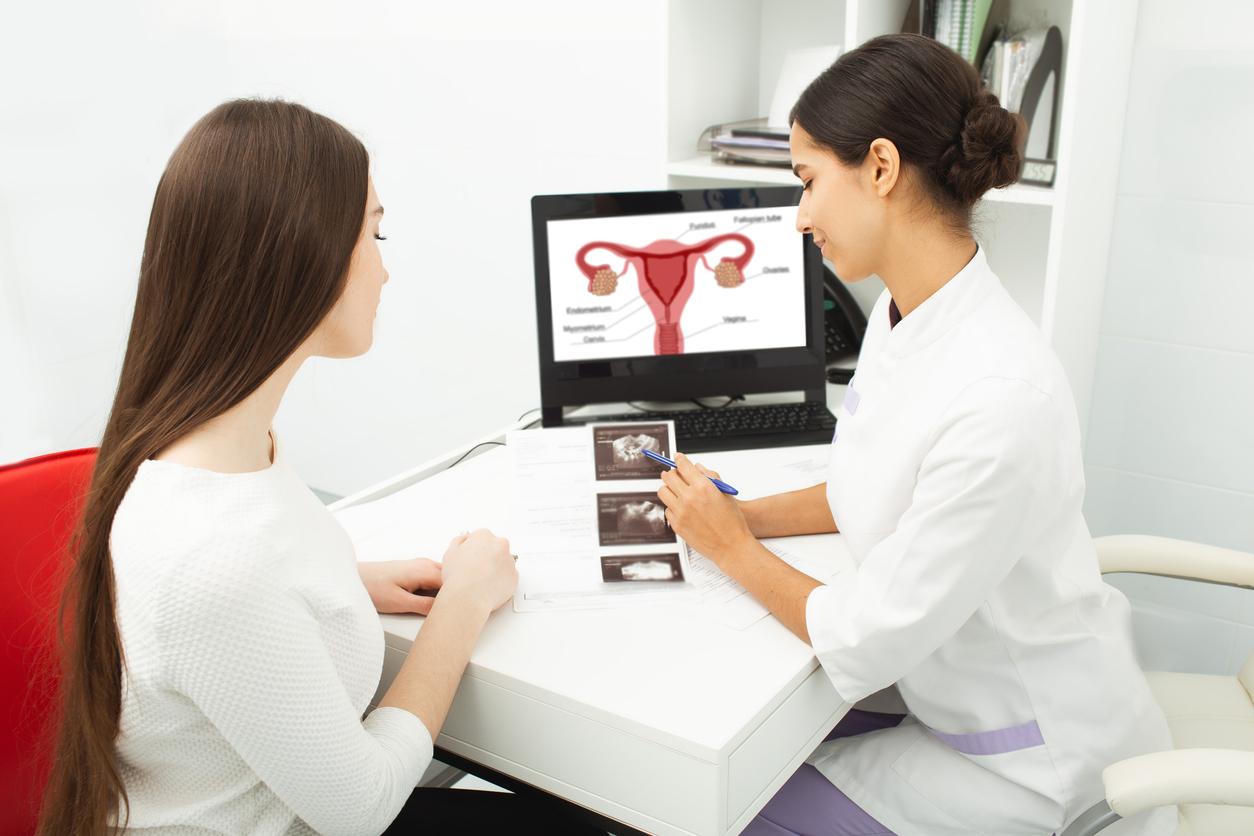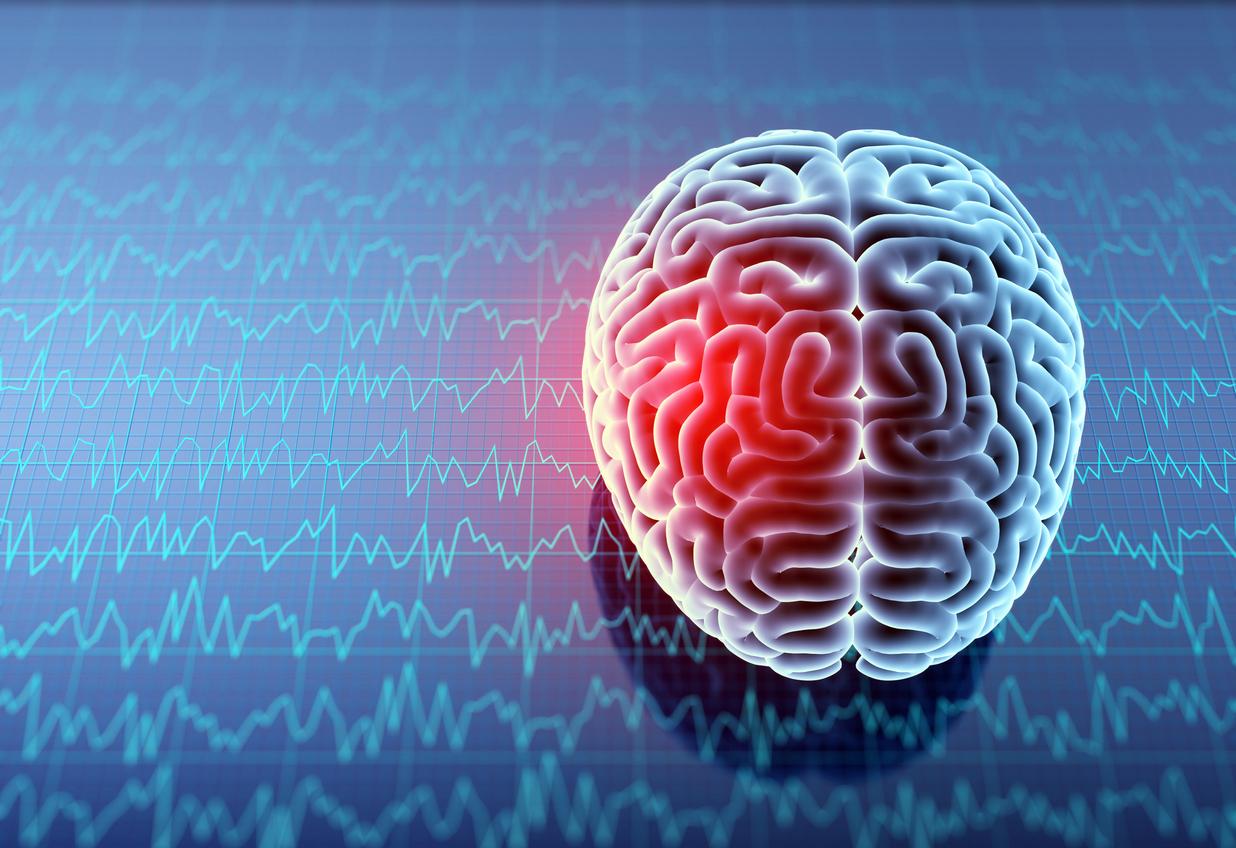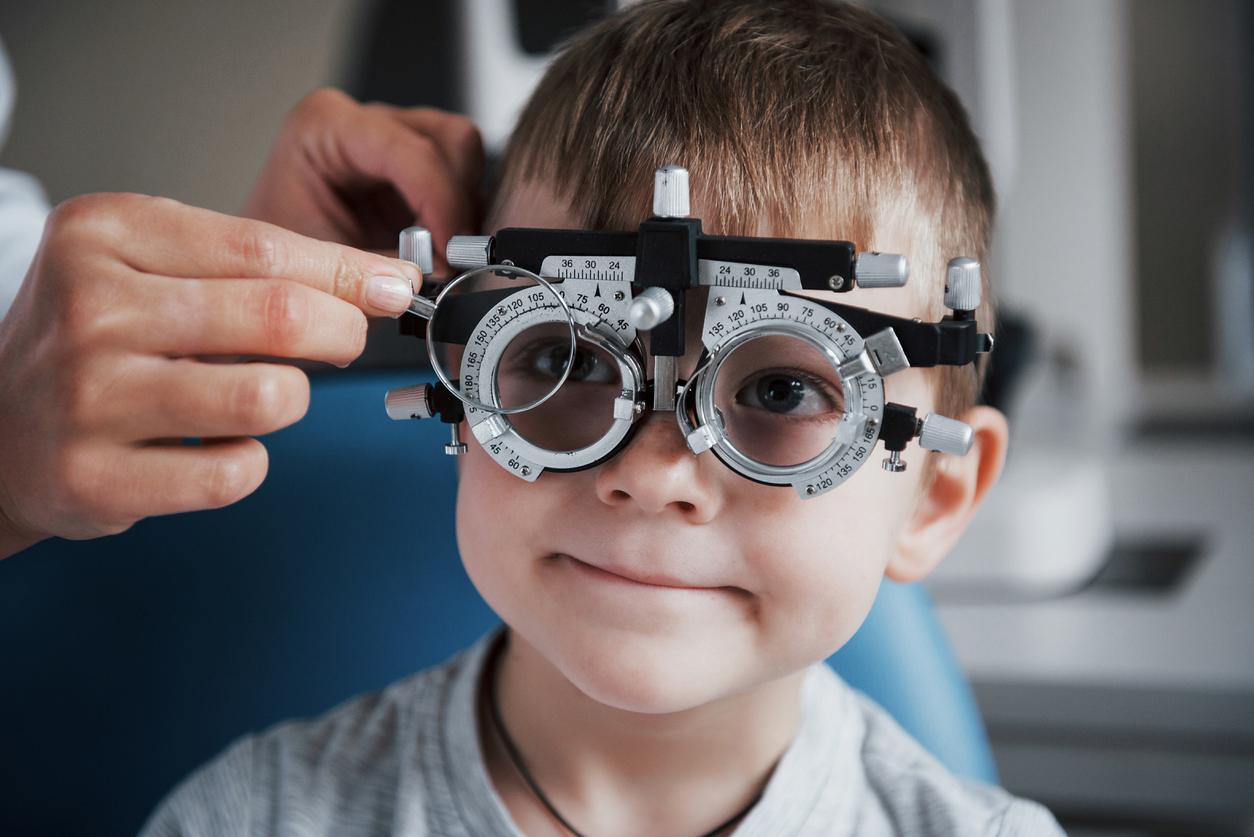Fatty liver disease is a difficult pathology to diagnose because it is, in general, silent. In one study, Austrian researchers found that an ultrasound machine could detect pathology, as accurately as a biopsy, in obese people.

- Fatty liver disease is responsible for 80% of cirrhosis.
- The most reliable method for detecting non-alcoholic fatty liver disease is a biopsy.
- An ultrasound machine would be as accurate as a biopsy in detecting fatty liver disease.
A scourge of public health. Fatty liver disease, also called “non-alcoholic fatty liver disease” or “NASH”, is characterized by an accumulation of fat in the liver associated with inflammation of the organ. This pathology can lead to cirrhosis, with a risk of liver cancer. It is therefore necessary to diagnose it as soon as possible to take care of it quickly. Problem: People with fatty liver disease usually don’t experience any particular symptoms.
Several tests can be performed to establish the diagnosis. For the time being, the only examination that allows “to make the definitive diagnosis for NASH and to assess the severity of liver damage” is a biopsy. According to a study published in the journal Hepatobiliary Surgery and Nutrition in October, another non-invasive method could also detect the disease in obese patients. It would be an ultrasound device, which would be as reliable as a biopsy of the organ.
Ultrasound would be as accurate as a biopsy
Scientists from the University of Vienna, Austria, carried out this research after making a finding. “Vibration-controlled pulse elastography (VCTE), also called ‘FibroScan’, and the controlled attenuation parameter have been shown to be effective in predicting liver fibrosis and steatosis in normal-weight and overweight patients, but have not been validated in patients with severe or morbid obesity. can we read in the works.
To carry out their study, the researchers tested the FibroScan device, a device for measuring the elasticity of the liver using ultrasound, on 170 people with obesity. “FibroScan provided reliable results in 90.6% of cases for NASH”, the scientists said. They concluded that this device “is accurate for the detection of liver fibrosis and NASH in obese patients.”
.

















